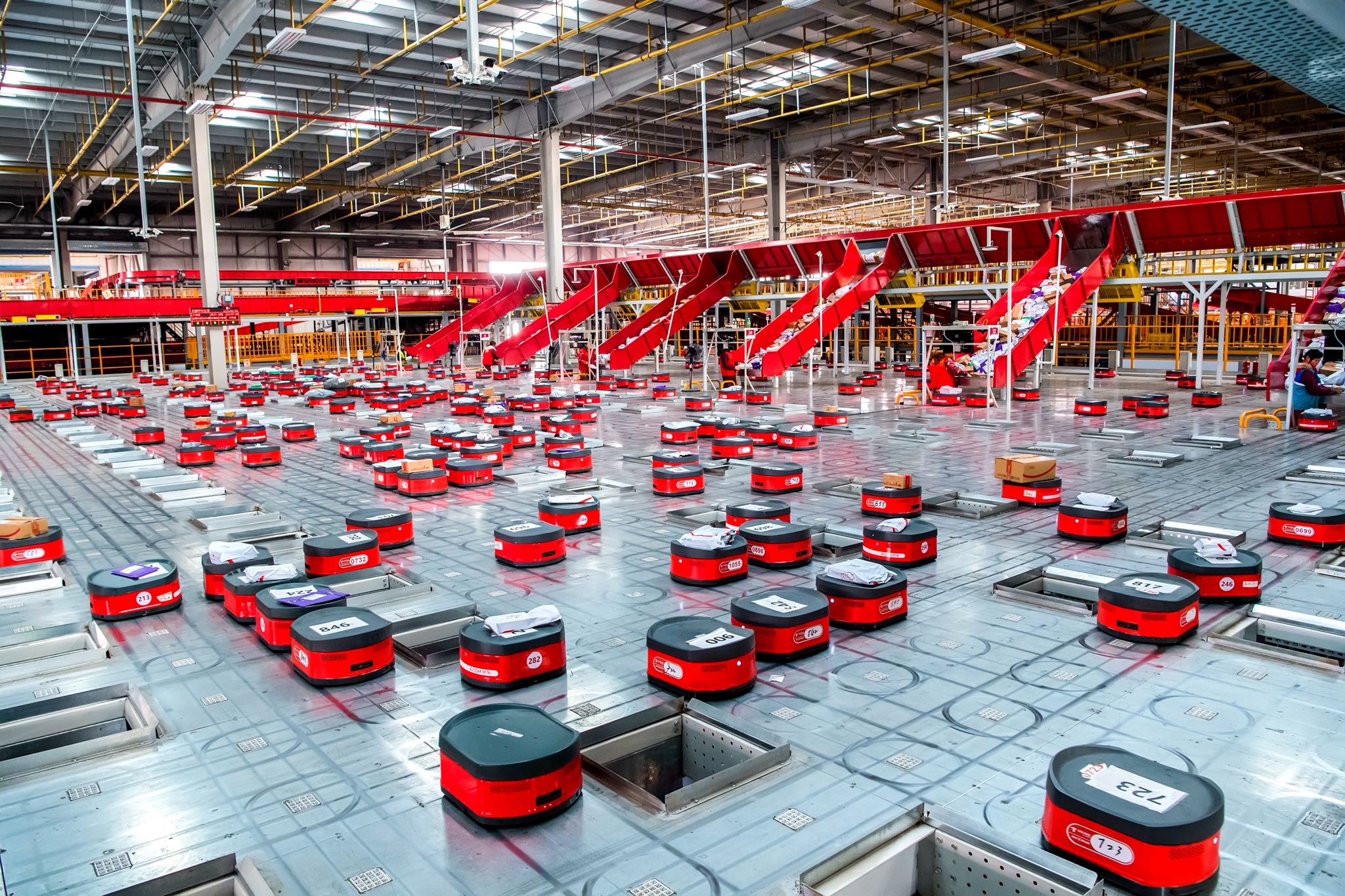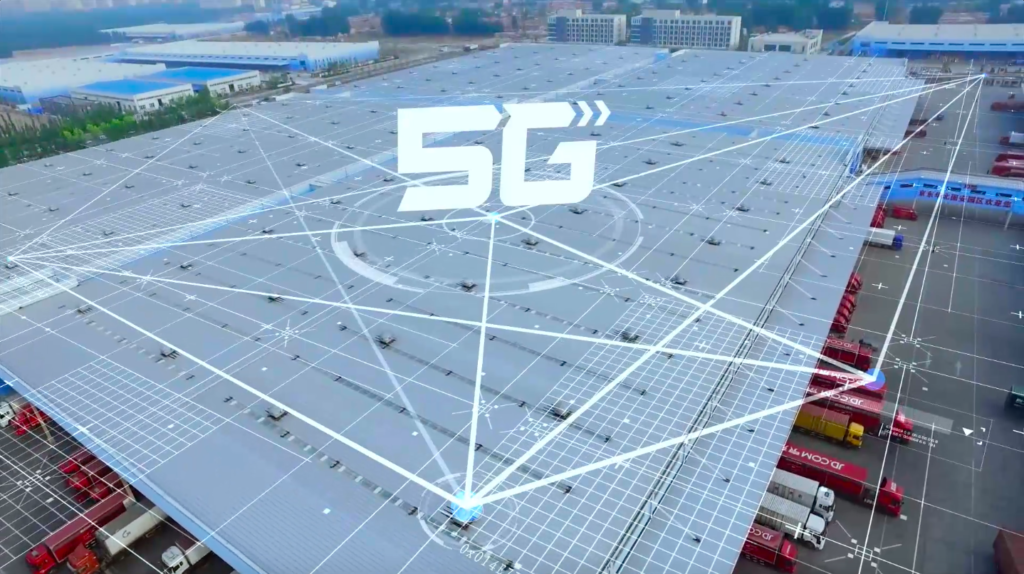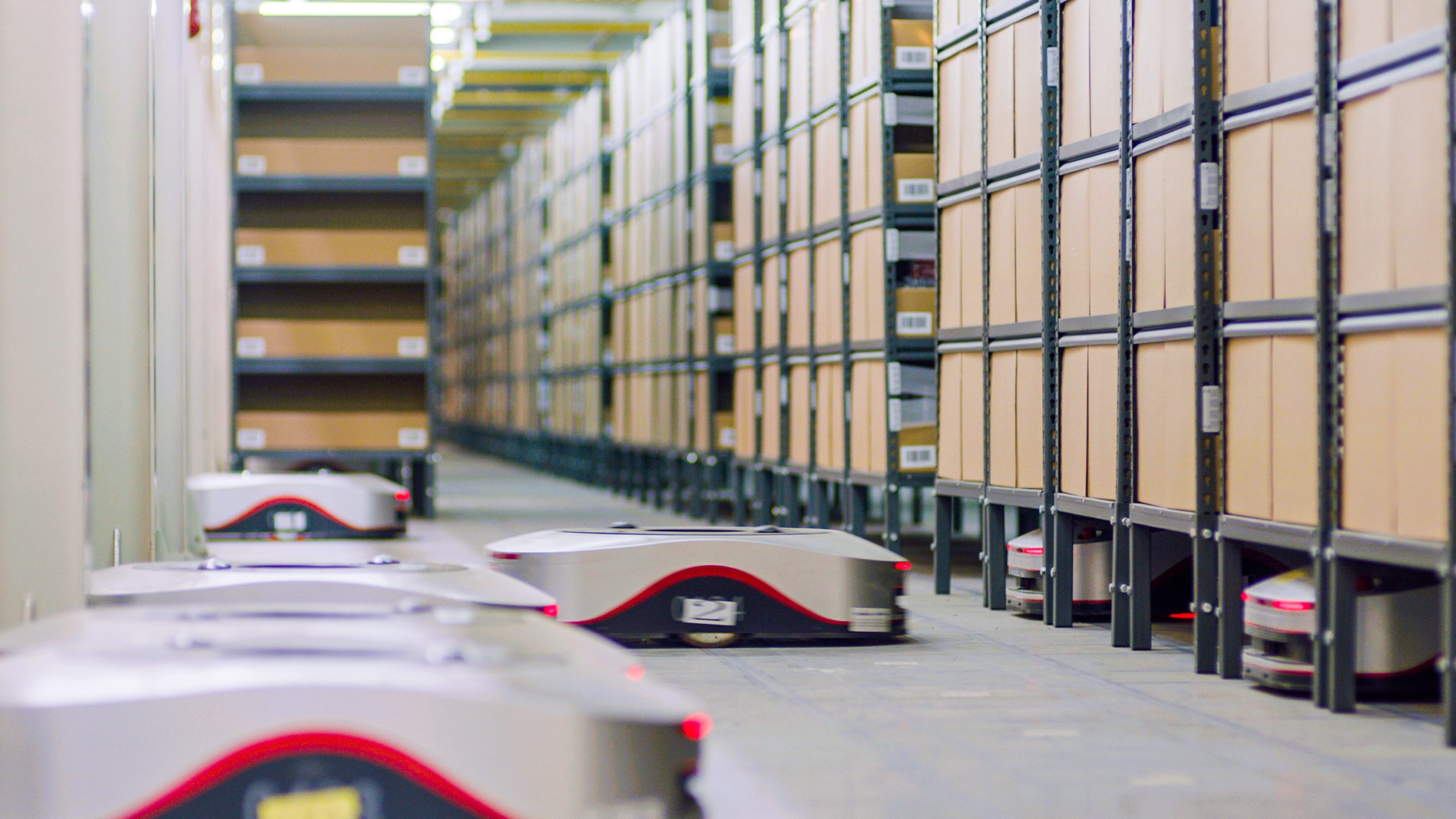by Rachel Liu
JD Home, JD.com’s offline retail experience store chain, and Chinese mobile phone brand realme have achieved ominchannel supply chain cooperation, including setting up realme counters in JD Home stores, realme providing exclusive new products to JD’s offline stores, big data and supply chain sharing and more.
Through working with JD Home, JD can help realme and other digital brands introduce more traffic and resources offline and expand the offline and lower-tier markets through online and offline integrated marketing. JD Home’s high-quality after-sale service and “one-hour delivery” service also supports many mobile phone brands to earn customers.
Besides realme, brands including Xiaomi, Honor, and OnePlus also opened counters in JD Home stores, and enjoyed JD’s support on traffic and supply chain for better sales performance. Working with JD Home provides brands with high-quality offline channels, saving time and energy for brands to build offline channels. Take Xiaomi for example, the performance in JD Home stores has greatly exceeded the brands’ expectations.
“After transferring my store into a JD Home store, I began to do omnichannel marketing, in which the online and offline traffic supplement each other. Soon after, I saw sales of the store doubled that month,” said the owner of a JD Home store.
Joining JD Home for omnichannel innovations can bring benefits for all parties. For brands and retailers, the online and offline integrated marketing has increased the sales performance of brands. For JD, working with leading mobile phone brands also improved its ability in marketing and innovations. For customers, experiencing products offline and enjoying the price and service equal to online has become a trendy way of shopping, and they can now enjoy more new and exclusive products in JD Home stores.










